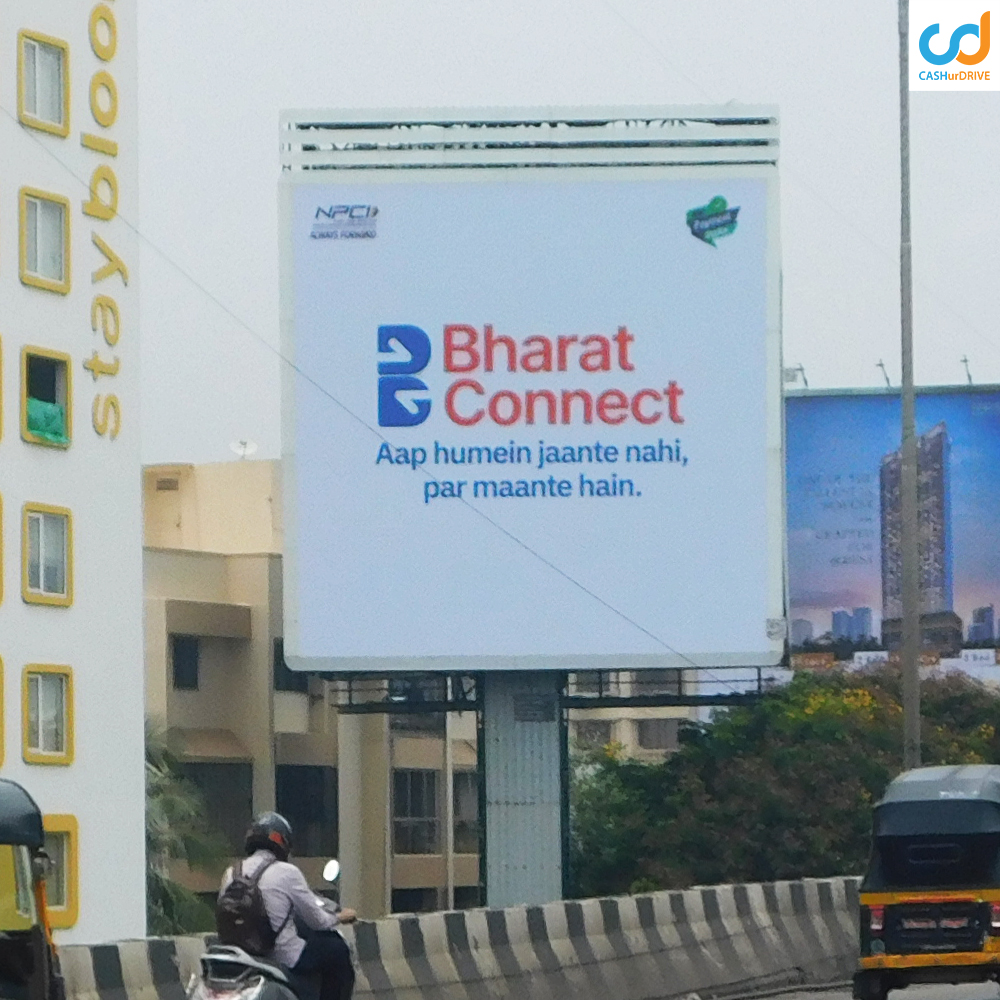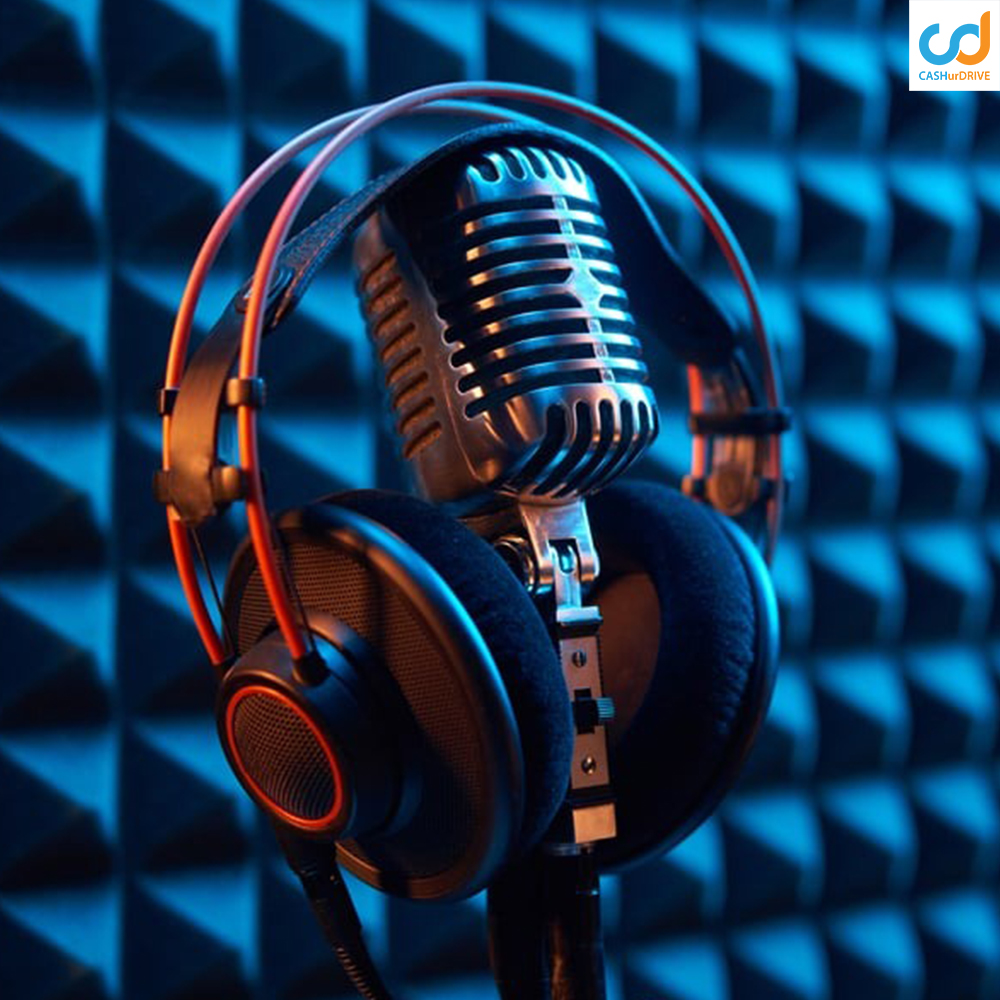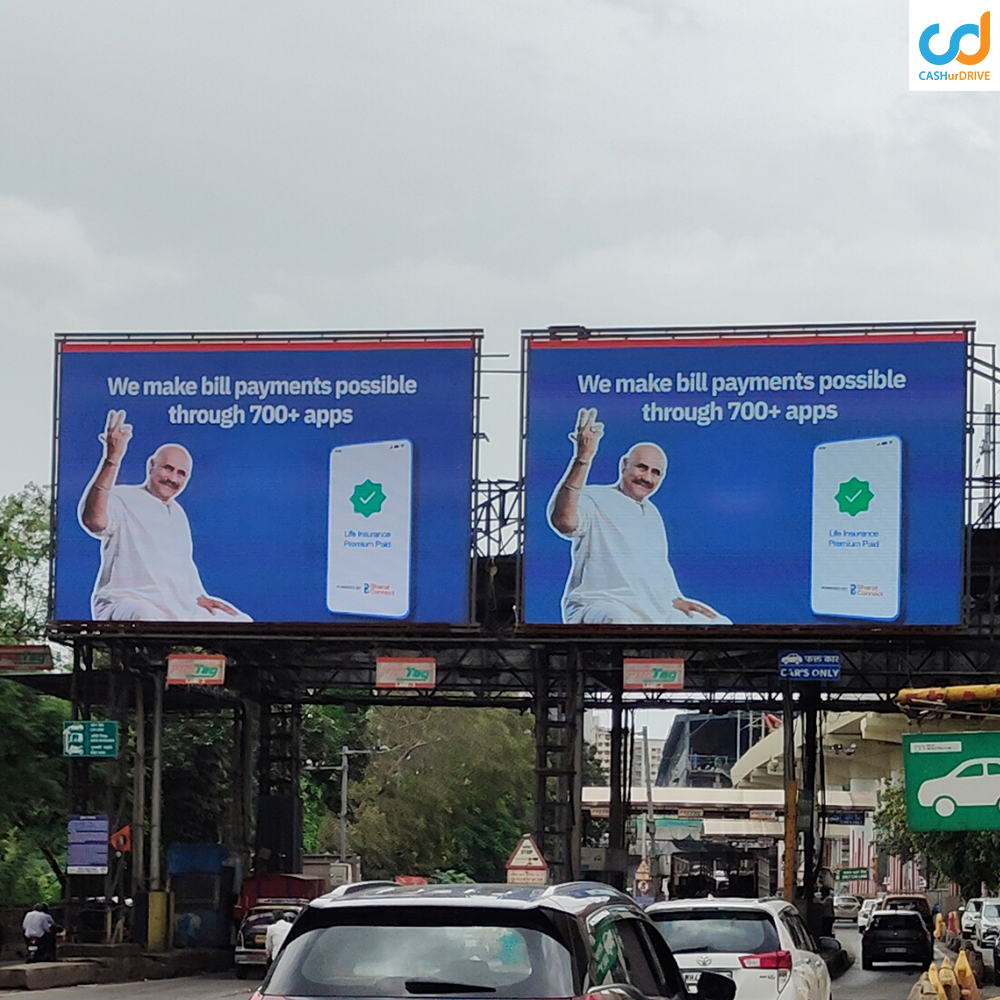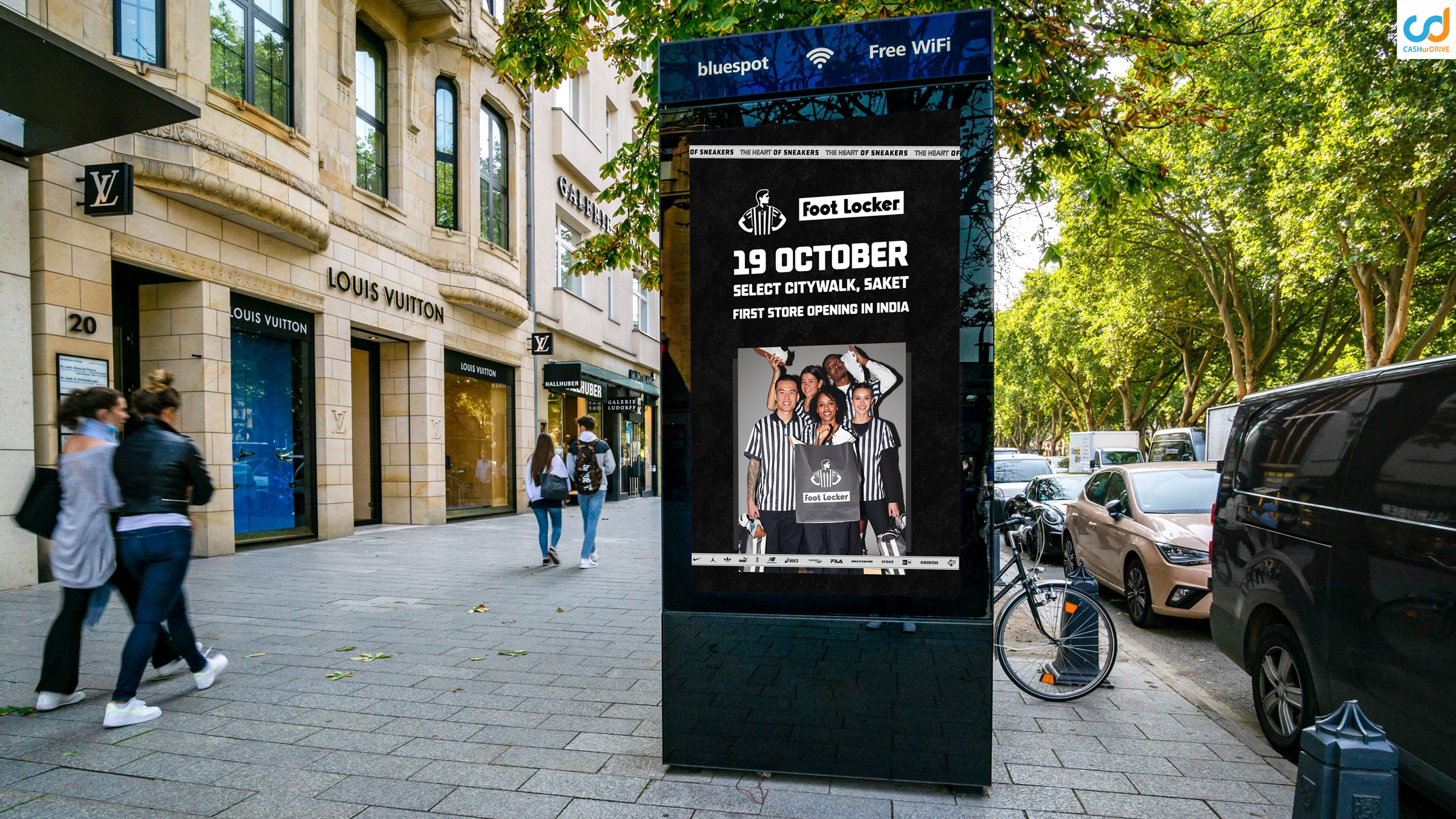
Digital Meets Outdoor: Maximizing Your Reach with DOOH and Smart Targeting
Gone are the days when DOOH, also known as Digital Out of Home Advertising, was just about those static billboards showing different ads every second. Today, with the advancement in technology, this interactive medium is completely reshaping the way brands are connecting with consumers.
This suggests that DOOH advertising is responding to the increasing need for genuine in-person interactions, which aid in keeping up with different technological developments. Digital Out-of-Home (DOOH) is quickly emerging as the sweet spot where digital accuracy meets outdoor impact, even though digital advertising still rules online spaces.
But only DOOH won’t help. The increasing proliferation of digital advertising inventory means that consumers are now exposed to more DOOH advertising every hour, and the figures are still growing. As a result, it’s high time brands not just focus on Digital OOH ads but also leverage technologies in smart targeting to take this to the next level and reach potential customers.
This blog explores how DOOH is evolving with smart targeting to become one of the most effective tools in a marketer’s arsenal and why it might be the missing piece in your brand’s omnichannel strategy. So, without any further ado, let’s dive in. But first, let’s learn more about DOOH advertising and why more brands are investing in the best food advertising companies in India.
What Is DOOH Advertising?
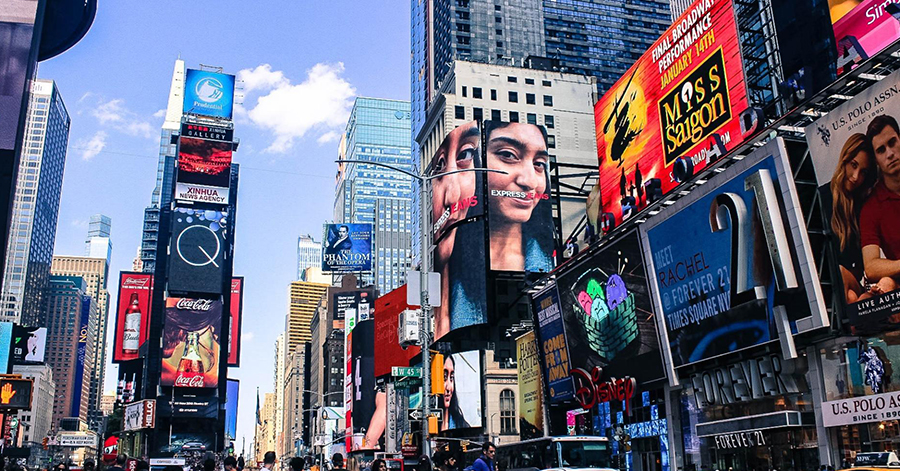
DOOH advertising refers to digitally-enabled screens placed in physical environments such as streets, malls, airports, highways, metro stations, and even the backs of cabs. These screens display digital ads in real time, and unlike static hoardings, they can adapt to contextual triggers like time, audience profile, location, or even weather.
From giant digital billboards in Times Square to touchscreen kiosks at your local shopping center, DOOH is everywhere, and it’s smarter than ever.
Also Read: OOH Vs DOOH Advertising: A Beginner’s Guide to Outdoor Ads
Why DOOH is Evolving: The Need For Smart Targeting
With the introduction of data-driven marketing, the importance and results of Digital Out of Home Advertising are no longer limited to visibility. In fact, when you combine smart targeting, this medium becomes more agile, hyper-relevant, and most importantly, oriented. Let’s understand how smart targeting supercharges DOOH:
Hyperlocal Location Targeting
Location matters a lot when it comes to out of home advertising. But it becomes more fruitful when done in a smarter way. Use geo-fencing and location analytics to place ads where your audience naturally is. A fitness brand near gyms. A fashion ad near colleges. A food ad near transit stations. It’s not just about reach, it’s about precision placement. This strategy works because the audience is more likely to respond to ads that are relevant to where they are. This is especially helpful when it matches their current mindset or need.
Contextual Timing
Location matters a lot when it comes to out-of-home advertising. But it becomes more fruitful when done in a smarter way. Use geo-fencing and location analytics to place ads where your audience naturally is. A fitness brand near gyms. A fashion ad near colleges. A food ad near transit stations. It’s not just about reach, it’s about precision placement. This strategy works because the audience is more likely to respond to ads that are relevant to where they are. This is especially helpful when it matches their current mindset or need.
Audience-Based Delivery
Modern DOOH advertising in India uses behavioural insights, foot traffic analytics, and anonymised mobile data to determine who is most likely to be in a given area. DOOH systems can use this data to modify ad content according to the psychographics, preferences, or demographics of the audience. By targeting according to the demographics of the audience, you can make sure that your message is understood more fully and cut down on media waste.
Dynamic Creative Optimization
Unlike traditional hoardings, DOOH allows brands to update and customize creatives in real time, often responding to environmental triggers. This means brands can deploy a library of creatives, and the system decides which one to show based on changing conditions. For example, a beverage brand displays cold drink ads when the temperature crosses 30°C and switches to hot coffee on chilly mornings.
Programmatic Buying & Automation
Programmatic DOOH allows advertisers to automatically buy, optimize, and scale campaigns in real time, just like you would on Google or Meta. It integrates data sources (location, time, audience, weather, traffic conditions, etc.) to automate ad delivery based on defined triggers. This basically works because you only pay when your ad meets the right conditions, resulting in higher ROI, more control, and less manual intervention.
How DOOH Fits Into The Omnichannel Journey
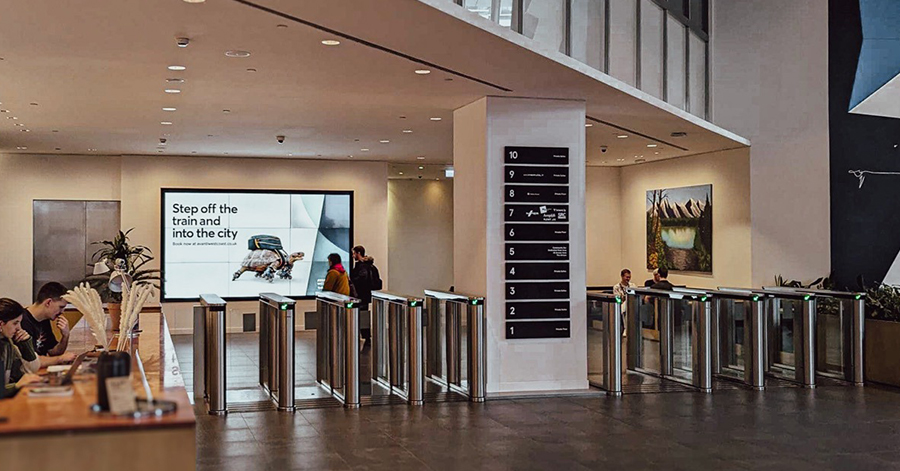
We have to understand that an omnichannel marketing strategy is the best way to reach your target audience. So, this means even if you are relying on digital out of home, you have to make them fit into your omnichannel journey. DOOH isn’t just an isolated format. It’s a bridge between offline moments and online actions. Here’s how we can fit into our omnichannel marketing strategy.
- Sync DOOH with mobile ads for retargeting
- Add QR codes to screens for instant conversions
- Use DOOH as a top-funnel awareness tool, followed by digital remarketing for nurturing.
- Promote social hashtags or contests to drive UGC (user-generated content)
One of the biggest examples can be this. A skincare brand runs DOOH ads in malls. They chose that place because there are screen prompt viewers who can scan a QR code. It depends on the skincare brand and which way of advertising they choose. It can be a skin test, or a discount code, etc.
The Benefits: Why Marketers Are Embracing DOOH
With so many platforms vying for consumer attention, it’s easy for brands to feel overwhelmed. But the latest DOOH advertising trends are proving to be a breath of fresh air, especially for marketers who are tired of oversaturated digital channels and underperforming campaigns.
Here’s why more brands are turning to DOOH as a smart, scalable, and surprisingly effective part of their media mix:
Higher Recall That Actually Sticks
Let’s be honest, most digital ads get ignored, skipped, or forgotten. But DOOH? It has a presence. Picture a high-resolution digital screen showing vibrant, moving visuals on a busy street or inside a mall. You can’t scroll past it, and your brain registers it differently than a banner ad on your phone.
People tend to remember what they see in real life, especially when it’s eye-catching and well-placed. Studies consistently show that DOOH ads have higher recall rates than traditional OOH or static digital formats. Simply put: if you want to be remembered, go where the eyes naturally go.
Low Ad Fatigue (Finally)
Let’s talk about ad fatigue. It’s that tired feeling you get when you’ve seen the same Instagram ad five times in a day. Unlike mobile or desktop ads, DOOH doesn’t interrupt anyone’s experience. It doesn’t pop up in the middle of a YouTube video or block your article view.
Instead, it integrates seamlessly into daily routines: your commute, a coffee run, a weekend mall visit. Because it’s part of the environment, not a disruption, people are less resistant to it. And that subtlety is a big win for brand perception.
Better ROI with Smarter Spend
Here’s where things get interesting: when DOOH is paired with smart targeting, it becomes incredibly efficient. You’re no longer just buying “screen time,” you’re buying relevant moments. That means fewer wasted impressions and better results.
Want to reach office-goers during lunch breaks? Students during college hours? Families on weekends? DOOH lets you target smart and spend smarter.
And when you compare its cost per impression to traditional digital or print media, it often punches well above its weight in terms of ROI.
Omnichannel Integration That Feels Effortless
Do you think DOOH advertising is a siloed format? Think again.
Today’s best campaigns use DOOH as part of a broader story. You can integrate it with:
- Mobile remarketing (e.g., serve an Instagram ad after someone passes your DOOH screen)
- QR codes that lead to landing pages or app downloads
- Social hashtags and UGC campaigns
- Retargeting across OTT and programmatic platforms
This synergy creates a multi-touchpoint journey, where people see your brand in the real world and follow up in their digital world. It’s like giving your campaign more depth and dimension.
Privacy-Friendly, Cookie-Free Reach
We’re in a post-cookie world. Consumers care about privacy, and regulations are catching up. That’s where digital out-of-home food advertising shines. It doesn’t rely on cookies or invasive tracking. It respects privacy while still offering solid targeting through location data, time, and audience profiling. So you can stay compliant, keep your messaging relevant, and reach audiences at scale ethically.
How CASHurDRIVE (CUD) Enables Smarter Outdoor Advertising
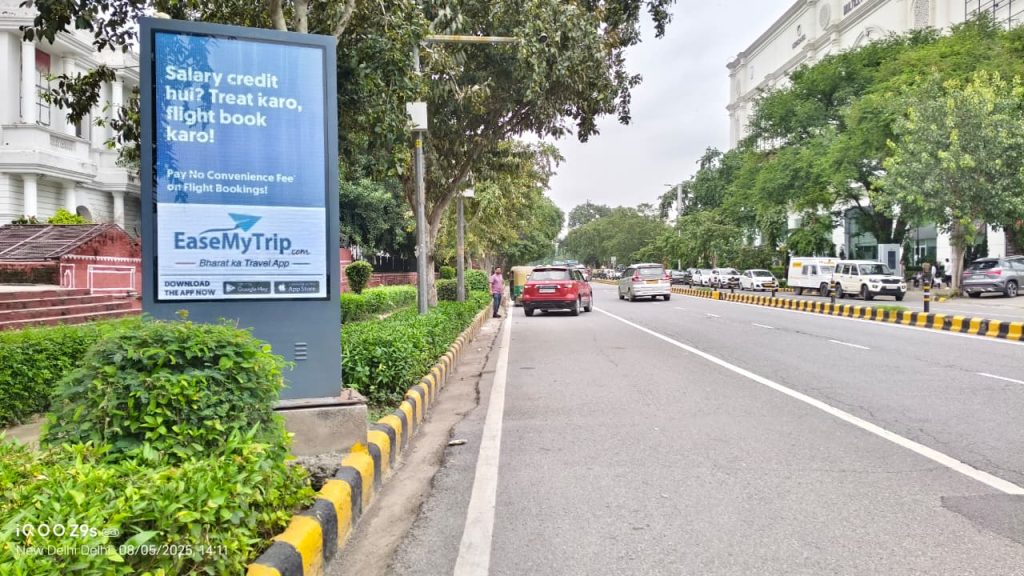
At CASHurDRIVE, we understand that the future of out-of-home advertising lies in integration, innovation, and intelligence. With a footprint across metro cities, tier-2 markets, highways, and transit hubs, we offer brands access to:
Whether you’re a startup launching a new product or an established brand looking to boost visibility in high-footfall zones, CASHurDRIVE helps you create outdoor campaigns that convert attention into action. We are one of the best DOOH advertising companies in India. You can put your trust in us. Contact us today!
Final Words!
In conclusion, we can say that marketing is becoming more complex and fragmented than ever, and this is where DOOH advertising comes up as one of the best media to present your brand in the market. Not just present but also helping your brand become visually powerful and digitally intelligent. Gone are the days when simple marketing would do everything; it’s not just about being seen anymore. Today, your brand should be relevant and contextual to make a position in this competitive market.
